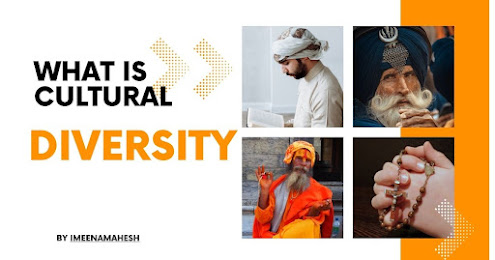## Introduction to Cultural Diversity
Cultural diversity is a fundamental aspect of our world, representing the rich tapestry of human experiences and traditions. It refers to the range of different cultures, ethnicities, languages, and belief systems that exist within a society or across the globe. Recognizing and appreciating cultural diversity is essential for fostering inclusivity, understanding, and respect among individuals and communities.
The Significance of Diversity Day
Diversity Day, also known as World Day for Cultural Diversity, is an annual celebration held on May 21st. It serves as a reminder of the importance of embracing cultural differences and promoting dialogue and development across diverse communities. This day provides an opportunity to reflect on the benefits of cultural diversity and explore ways to create a more inclusive and harmonious society.
Understanding Cultural Diversity
Cultural diversity represents the multifaceted nature of humanity, showcasing the various ways people live, think, and express themselves. It encompasses differences in race, ethnicity, nationality, language, religion, and more. By understanding cultural diversity, we gain insights into the beliefs, values, and practices that shape different societies. This understanding helps break down stereotypes, reduce prejudice, and build bridges of mutual respect and appreciation.
World Day for Cultural Diversity
World Day for Cultural Diversity offers a platform to celebrate the beauty of differences. It encourages individuals and communities to engage in cultural exchanges, promotes intercultural dialogue, and celebrates the unique contributions of each culture. Through art exhibitions, music festivals, food fairs, and educational workshops, people come together to appreciate the diversity that enriches our world.
Embracing Cultural Differences in the Workplace
In today's globalized world, workplaces are increasingly diverse, with employees from various cultural backgrounds. Embracing cultural differences in the workplace fosters innovation, creativity, and a broader perspective. It encourages collaboration, as diverse teams bring unique strengths and skills to the table. By embracing cultural differences, organizations can create an inclusive environment where everyone feels valued and respected.
Challenges and Benefits of Cultural Diversity in the Workplace
While cultural diversity offers numerous benefits, it also presents challenges that organizations must address. Language barriers, differing communication styles, and contrasting work ethics can create misunderstandings and hinder productivity. However, by promoting cultural awareness and providing diversity training, these challenges can be overcome. The benefits of a culturally diverse workplace include increased adaptability, enhanced problem-solving, and improved customer service in multicultural markets.
Examples of Cultural Diversity Around the World
Cultural diversity is evident in various aspects of life, from traditions and customs to art, music, and cuisine. For instance, India showcases a vibrant mix of languages, religions, and cultural practices. Brazil celebrates its diverse heritage through colourful festivals like Carnival. In Japan, the tea ceremony and kimono attire reflect the depth of their cultural traditions. These examples highlight the beauty and richness that cultural diversity brings to societies across the globe.
Promoting Cultural Diversity and Inclusion
Promoting cultural diversity and inclusion requires intentional efforts from individuals, communities, and organizations. Education plays a vital role in creating awareness and fostering appreciation for different cultures. Schools and workplaces can implement diversity and inclusion policies, ensuring equal opportunities for all. Additionally, embracing diversity in media and entertainment can help break stereotypes and encourage positive representations of various cultures.
Strategies for Embracing Cultural Differences
To embrace cultural differences effectively, it is important to adopt certain strategies. First, actively listen and engage in dialogue with individuals from different cultural backgrounds. This helps build empathy and understanding. Second, promote cross-cultural collaboration and create opportunities for cultural exchange within organizations. Finally, encourage individuals to share their unique cultural perspectives, fostering an environment where everyone feels comfortable expressing their identity.
Conclusion: Embracing the Beauty of Differences
Cultural diversity is a treasure that enriches our world, promoting tolerance, understanding, and unity. By celebrating Diversity Day and embracing cultural differences, we acknowledge the beauty that lies in our unique identities and traditions. Let us continue to promote inclusivity, respect, and appreciation for all cultures, creating a harmonious global community that thrives on diversity.
Ready to dive deeper into the world of arts and culture? Explore more captivating insights on 'What Is' and expand your knowledge now.



